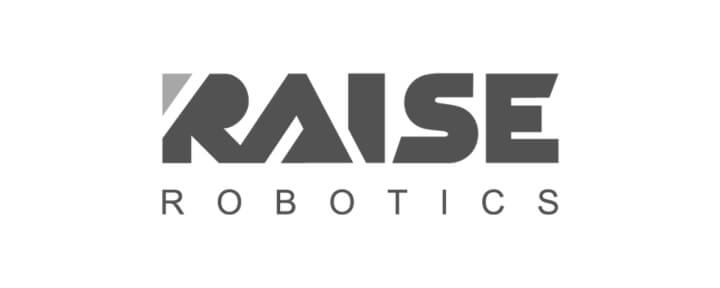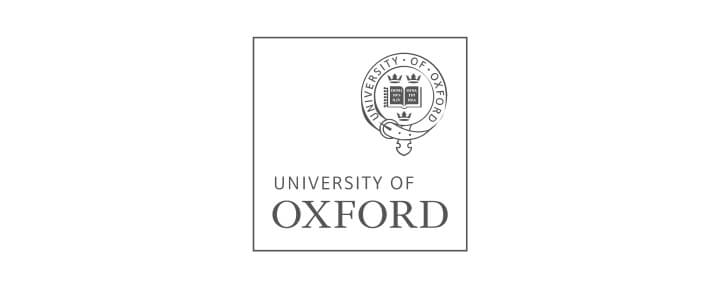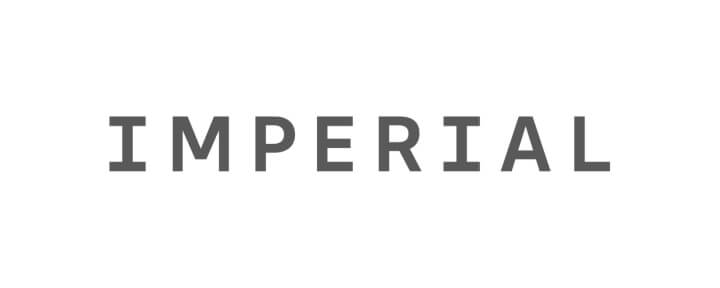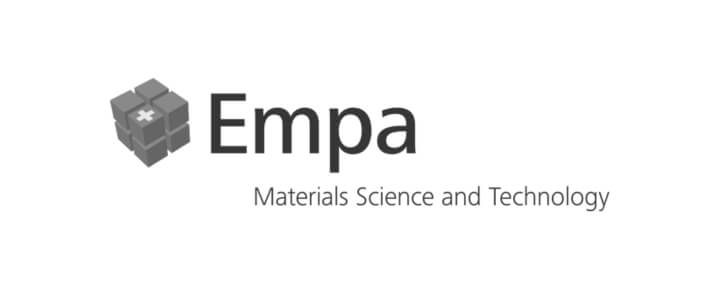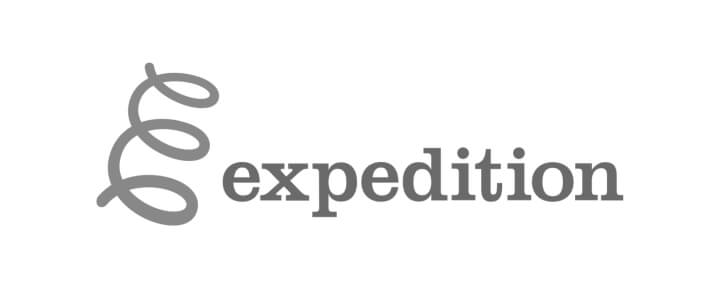Third Annual
Technical Conference
Held 30 July 2025
The Project Production Institute hosted its Third Annual Technical Conference on Wednesday 30 July 2025. This annual event brings together industry experts, academics and thought leaders to explore cutting-edge solutions, methodologies, and technologies driving technical advancements and innovation in project delivery.
The primary objective of the conference is to discuss and address the root cause of major capital project cost and schedule overruns via research, discussion and dissemination of Project Production Management (PPM) and its foundation of Operations Science. This conference advances research, education, knowledge and practical application of PPM through the presentation of papers and exchange of ideas between industry and academia. Specifically, this conference focuses on how to solve impactful problems and address technical challenges in three key sectors: Energy, Digital Infrastructure and Civil Infrastructure.
In support of this, PPI invites practitioners and academics to submit technical abstracts for consideration and presentation at the upcoming conference. Participants submit an abstract that focuses on one of the following research categories: Theory (specifically related to Operations Science), Model (the application of simulations, digital twins, robotics, autonomous, IoT, AI / ML) or Control (the use of various systems, protocols, methods and tools that are used to control Project Production Systems). Learn more about PPI’s research here.
Access papers video recordings from past Technical Conferences
Presentations and Papers
An Integrated Approach to Project Production System Optimization
Application of Computer-Aided Production Engineering to Project Production
Beyond Subsidies: Creating Competitive Clean Energy Solutions by Rethinking Design and Delivery Through the Application of First Principles Thinking and Project Production Management
NEST: Accelerating and De-Risking Innovation in Construction
Co-Creating a Shared Understanding About Systems Thinking in The Built Environment
The Hidden Biases in Production Planning: Why Our Estimates Are Flawed from the Start
Mass Timber As An Advanced Building Material: A Solution to Industrialized Supply Chains
An Operations Science and Production System Optimization-Based Approach to Evaluate Implementation of Robotic Wastewater Testing Platform in China
Measuring What Matters: Operations Science as a Foundation for Modern KPIs in Capital Projects
Effect of Variable-Scope Work Packages on Project Contingencies and Other Production-Related Risk Indicators
What is your Rationale and Approach for Investing in Industrialized Construction?
Build Boldly: Integrating Operations Science and the Last Planner System®
Scalable Robotic Automation for Multi-Scope Construction Tasks in an Evolving Labor Market
Factory to Site: How Industrialized Micro Modular Reactors (µMRs) Can Deliver Clean, Reliable Power
A Framework for Product-Process Integrated Analysis of Construction Operations Using DES and BIM
Computer Vision Model to Extract Production Data for Slab Concrete Pouring from Site Video Using YOLOv8
Closing Remarks
Participating Organizations
PPI thanks participating organizations for their contributions to the Technical Conference over the years.














































